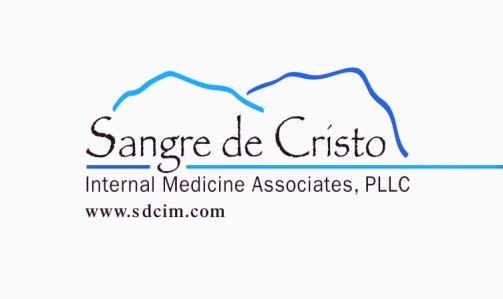We have recently completed a digital infrastructure upgrade. We have been with our EHR vendor now for over 9 years. It is fun to reflect and see how far digital medicine has come. During my years of training at Mayo Clinic in Rochester Minnesota, our class was one of the last to use their paper charts transported around the campus through an elaborate series of conveyor belts. My first clinical practice had a home grown MSDOS system into which we dictated/transcribed notes. There was a rudimentary Labcorp interface but at least it was all available inside an electronic system. In 2005 we moved to Colorado to start SDCIM and began from the ground up with e-mds. What started as a simple digital filing mechanism with billing integration has progressed to where we are now. From a connectivity standpoint, the EHR itself now more robustly supports Quest and Labcorp interfaces. We can upload data to our system from our community hospitals and other digitally received files with an import app. We have built an across community provider access portal for coverage continuity (for willing providers). Our website and social media platforms serve as a contact point for all patient education and communication and encrypted email allows data sharing. Our new patient portal makes the patient/office communication process even easier but the website communication process remains alongside the portal for patients who prefer it. Internally the registry reports are more robust and our data capture QI process is now yielding actionable data (that we generate, not relying solely on piecemeal claims data from individual insurance plans). The integration with documentation and billing has always been a strong suit with this particular EHR and continues as such. The digital phones are nicely internally and remotely controllable.
But challenges remain. Will we ever reach the point where proprietary systems seamlessly talk to each other in secure ways (without interval download/upload steps)? This would truly bring the digital revolution to a point where efficiency can influence overall costs.
I share this story as both an encouragement and challenge to the medical system. The changes are coming more rapidly but yes, even a single doctor, single specialty practice can do this economically. And yes a large national system (in the strength of its complex individuality) can benefit from each individual doctor’s transition to digital efficiency. I think this benefits both patient care and system sustainability.
I used to say that the strength of a digital office was its portability. This remains true. But now with our most recent upgrades, I can for the first time say it also saves time. More timely, efficient and accessible information. Now we are getting somewhere…
